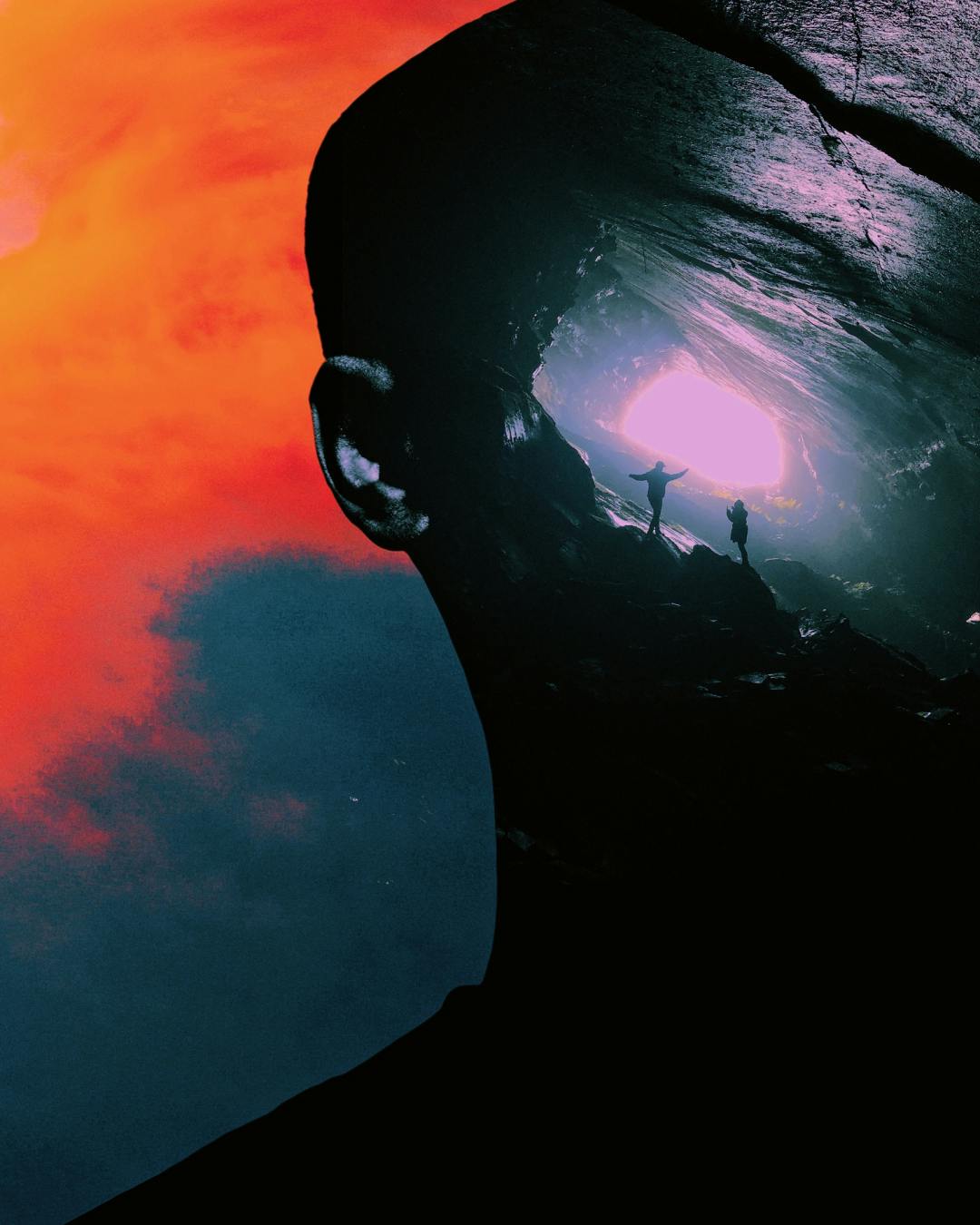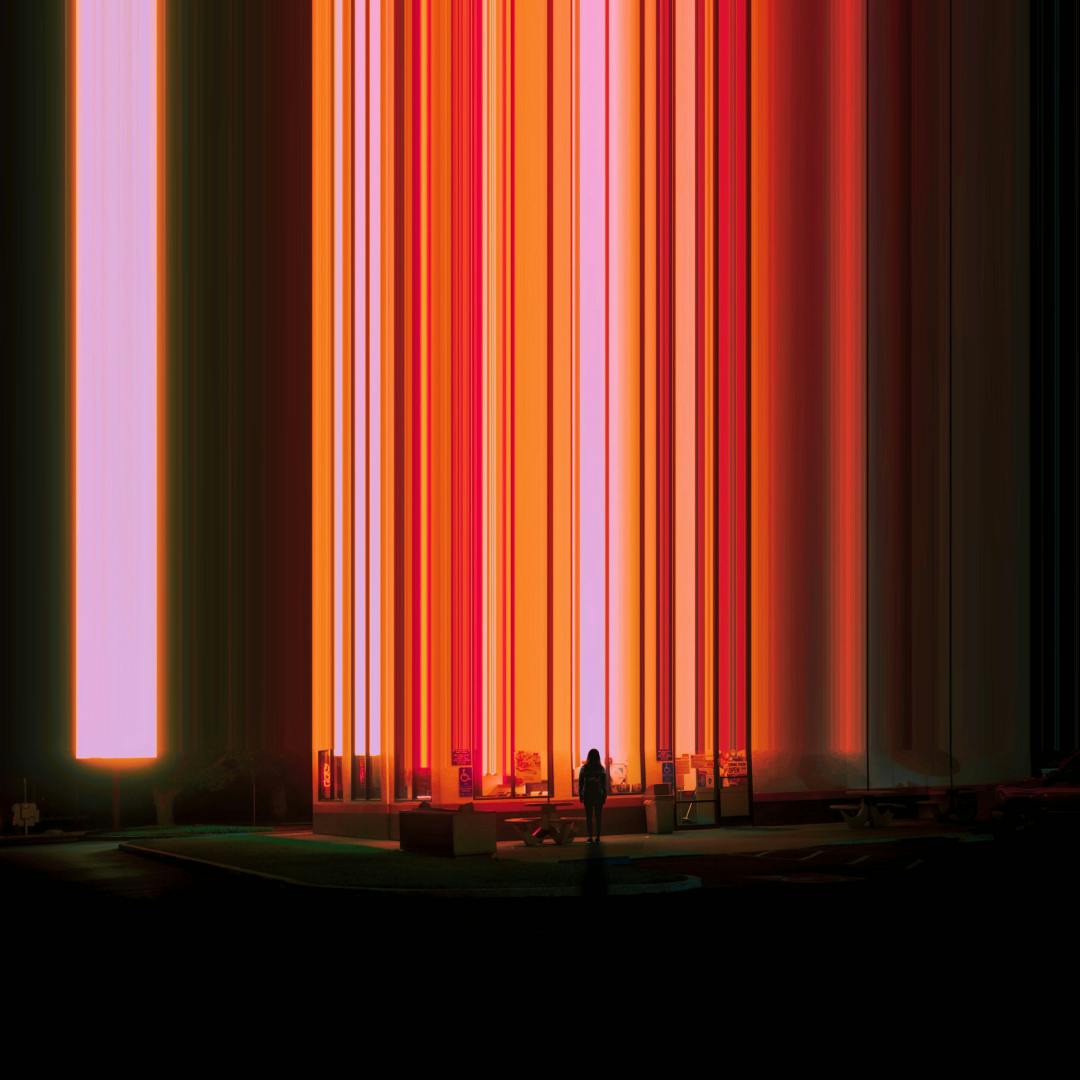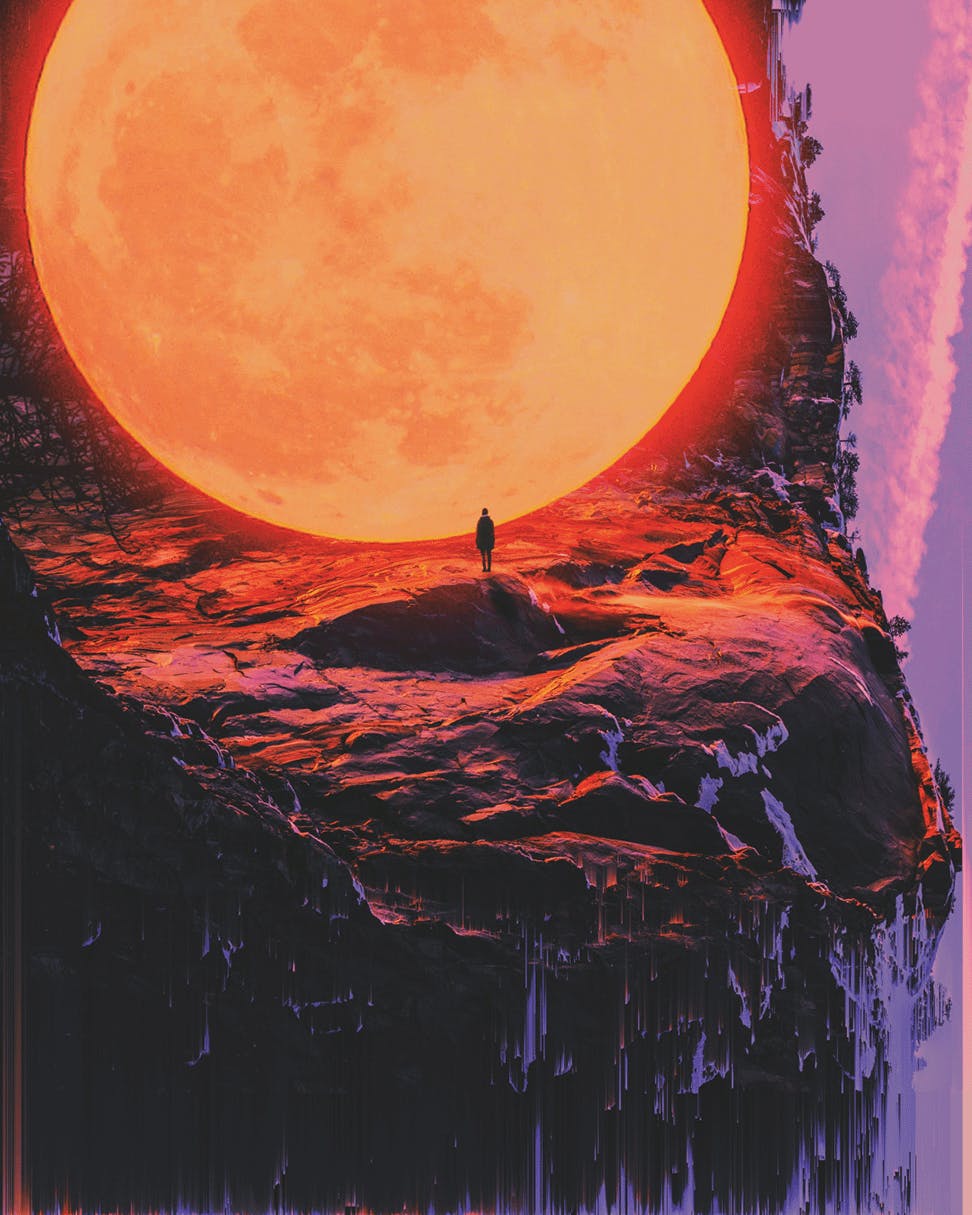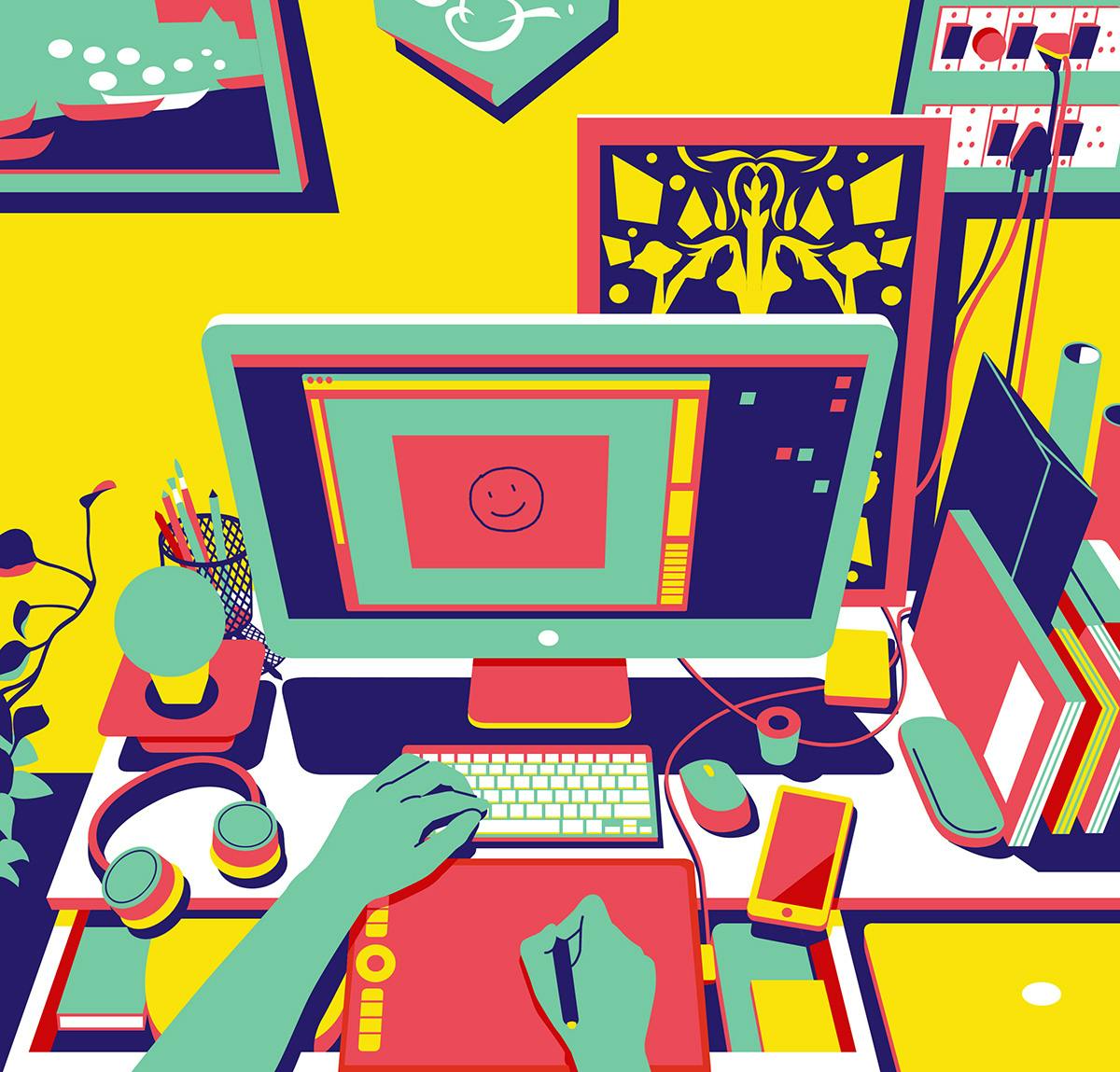Artificial Intelligence (AI) has revolutionized various industries, from healthcare to finance and now it is making its way into the world of art. With the rise of AI artist generators, there has been a lot of discourse surrounding its potential and limitations. However, we believe that these AI-powered tools have the potential to unlock a new and exciting era in the world of art. In this article, we will delve deeper into the world of AI artist generators, exploring their capabilities, limitations and ethical concerns.
First, let's define what we mean by AI artist generators. These are programs that use artificial intelligence and generative algorithms to create unique and original pieces of art. Generative art is a term used to describe art that is created by a set of rules, rather than being directly created by a human artist. It is essentially a combination of computer algorithms, data and human input to produce art that is ever-changing and infinitely variable.
Limitations of AI Artist Generators and How to Overcome Them
As with any emerging technology, AI artist generators have their limitations. While AI can produce artwork, it can't replicate the creativity and emotional depth that comes with human-made art. However, AI can excel at creating complex and abstract patterns, which can form the basis of stunning visual art pieces.
To unlock their full potential, we need to combine the strengths of AI and human artistry. For example, human artists can use AI tools as a starting point and then add their creativity and emotional expressions to create truly unique and compelling pieces of art.

Artwork generated with prompt workflow by Dré Labre
Can AI Artist Generators Truly Create Original and Unique Pieces of Art?
One common concern about AI artist generators is whether they can truly create original pieces of art. With generative algorithms, AI can produce countless variations of art pieces, but the question remains, are these truly original? While AI can't experience emotions or have a personal perspective, it can learn and adapt to its surroundings. It can analyze thousands of images, artwork styles and generate new combinations, making the resulting artwork unique. Additionally, AI artists can also incorporate human elements, such as emotions, into their work to create something truly original.
Differences Between AI and Human Artists
One of the significant distinctions between AI and human artists is the creative process. Human artists often start with an idea or emotion and then use their skills and techniques to bring it to life. In contrast, AI artists rely on algorithms and data to create their artwork. AI is continuously learning and evolving, whereas human artists are limited by their personal experiences and skills. While this is a limitation for AI, it also gives human artists the advantage of creating art that is deeply rooted in human emotions and experiences. It also allows for a greater sense of personal expression and connection with the audience.
Ethical Concerns Surrounding the Use of AI Artist Generators
As with any technological advancement, there are ethical concerns surrounding the use of AI artist generators. One of the primary concerns is the potential for AI to replace human artists in the future, leading to job loss and displacement. However, we believe that AI can coexist with human artists and even enhance their creativity and productivity. To ensure responsible and ethical usage of this technology, it is crucial to have guidelines and regulations in place. It is also essential for creators and users of AI artist generators to be aware of potential biases and to promote diversity and inclusion in the art world.

Artwork generated with prompt workflow by Dré Labre
Laetro: Empowering AI Artists and Human Artistry
At Laetro, we are passionate about unlocking the potential of AI artist generators. Our platform allows artists to collaborate with AI and create unique and beautiful pieces of art. Through our platform, human artists can integrate their creativity and emotions into AI-generated art, resulting in truly original and captivating pieces. Our goal is to empower artists by providing them with the tools and technology to enhance their creativity and explore new dimensions of art.
In conclusion, AI artist generators have the potential to unlock a new era of art. By combining AI's capabilities with human artistry, we can create innovative and original pieces of art that surpass the limitations of each approach. As we continue to explore and embrace this technology, it is crucial to have responsible and ethical usage to ensure its positive impact on the art world.
To summarize, here are the key points discussed in this article:
- AI artist generators are programs that use AI and generative algorithms to create unique and original pieces of art.
- To unlock their full potential, we need to combine the strengths of AI and human artistry.
- AI can produce unique and original pieces of art, but human artists can add their emotions and experiences to enhance the artwork.
- AI and human artists have different creative processes, but they can coexist and enhance each other's work.
- Responsible and ethical usage of AI artist generators is crucial, ensuring guidelines and regulations are in place.
- Laetro empowers AI artists and human artistry by providing a platform for collaboration.
- AI artist generators have the potential to unlock a new era of art and should be embraced with caution and responsibility.

